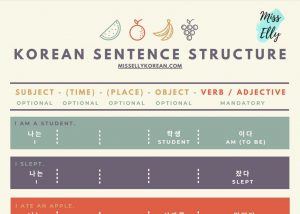
In Korean, the basic sentence structure is Subject – Object – Verb/Adjective. (SOV) Contrast that with the English sentence structure of Subject – Verb – Object. (SVO) In this post we are going to look into more detailed explanations of Korean sentence structure variations for beginners beyond SOV using a lot of examples. We also prepared a printable PDF sheet summary for your easy reference. For intermediate to advanced level complex sentence structures, I have got a separate post [premium content] to talk about them.
1. Subject – Object – Verb
Let’s start with the basics and look at some examples of this fundamental construct.
I am a student.
나는 학생이다.
| Subject | Object | Verb |
| 나는 | 학생 | 이다. |
I ate an apple.
나는 사과를 먹었다.
| Subject | Object | Verb |
| 나는 | 사과를 | 먹었다. |
In this construct, only the verb is a mandatory component. You will see in the below structures that both the subject and the object can be omitted.
2. Subject – Verb / Adjective
Now for intransitive verbs or adjectives where there is no object involved, the structure is simply subject followed by the verb/adjective.
The cat is sleeping.
고양이가 자고 있어요.
Note that in Korean adjectives are used in the same way as verbs and there is no need to add ‘to be’ in front of the adjective.
The puppy is cute.
강아지가 예뻐요.
The weather is fine.
날씨가 좋다.
3. Object – Verb
Sometimes when the subject of the sentence is obvious or can be easily implied, the subject can be omitted from the sentence.
Take the example that we have seen above
나는 사과를 먹었다.
Can also be written as
사과를 먹었다.
If it is clear to both the speaker and the listener that it is me who ate the apple.
I lost my wallet.
지갑을 잃었다.
4. Verb / Adjective
When I was a beginner and was learning commonly used phrases in drama and song lyrics, this is one of the most confusing concepts to me. When you look at the Korean sentence 사랑해 that translates into ‘I love you’, naturally one would expect it would make up of the three components: I, love, you. but obviously ‘I’ and ‘you’ are nowhere to be found. This is because where the object and subject are implied or easily inferred, both of them can be omitted from the sentence, leaving the verb or adjective alone to form a complete sentence.
I love you.
사랑해.
It is pretty.
예뻐요.
I am hungry.
배고파.
At first I thought wouldn’t it be confusing if the subject is omitted? However it is only a matter of getting used to it. It is only natural that someone is talking about his own feelings when he says 배고파. When talking about a third person, the subject is always stated clearly e.g. The child is hungry. 아이가 배고파.
5. Adverbs are immediately in front of verbs or adjectives
Now we have dealed with the basics, let’s look at other vocabulary types to add more variety to the sentence. Adverbs describing how an action is carried out or the extent of an adjective come directly in front of the verb / adjective they describe.
I study hard.
나는 열심히 공부해요.
| Subject | Adverb | Verb |
| 나는 | 열심히 | 공부해요. |
The exam is very difficult.
시험은 너무 어려워요.
| Subject | Adverb | Adjective |
| 시험은 | 너무 | 어려워요. |
I came early.
내가 일찍 왔어요.
6. Places usually come before the verb
I am resting at home.
나는 집에 쉬고 있어요.
| Subject | Place | Verb |
| 나는 | 집에 | 쉬고 있어요. |
If there is an adverb describing the verb, put the place before the adverb. Using the examples from above
I study hard in the classroom.
나는 교실에서 열심히 공부해요.
| Subject | Place | Adverb | Verb |
| 나는 | 교실에서 | 열심히 | 공부해요. |
I came early to the party.
내가 파티에 일찍 왔어요.
7. Time can come at the very beginning or after the subject
I went to the school yesterday.
내가 어제 학교에 갔어요.
| Subject | Time | Place | Verb |
| 내가 | 어제 | 학교에 | 갔어요. |
The weather is good today.
오늘 날씨가 좋다.
Now bringing everything together in one sentence to illustrate each component’s respective positions, let’s look at this example.
I studied hard in Korean at home yesterday.
내가 어제 집에서 한국어를 열심히 공부했어요.
| Subject | Time | Place | Object | Adverb | Verb |
| 내가 | 어제 | 집에서 | 한국어를 | 열심히 | 공부했어요. |
If you want the above summary in a printable PDF cheatsheet and practice with a worksheet, check out our Beginner Worksheet Pack! It contains grammar worksheets, reading practices, grammar cheatsheets and exclusive posts on study strategies, all tailored for the beginner level.
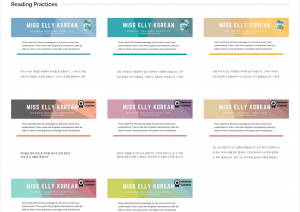
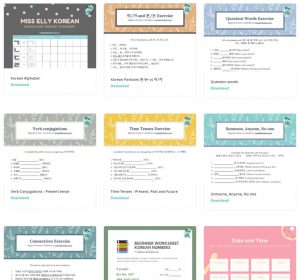
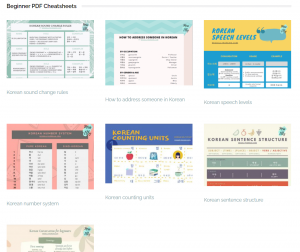
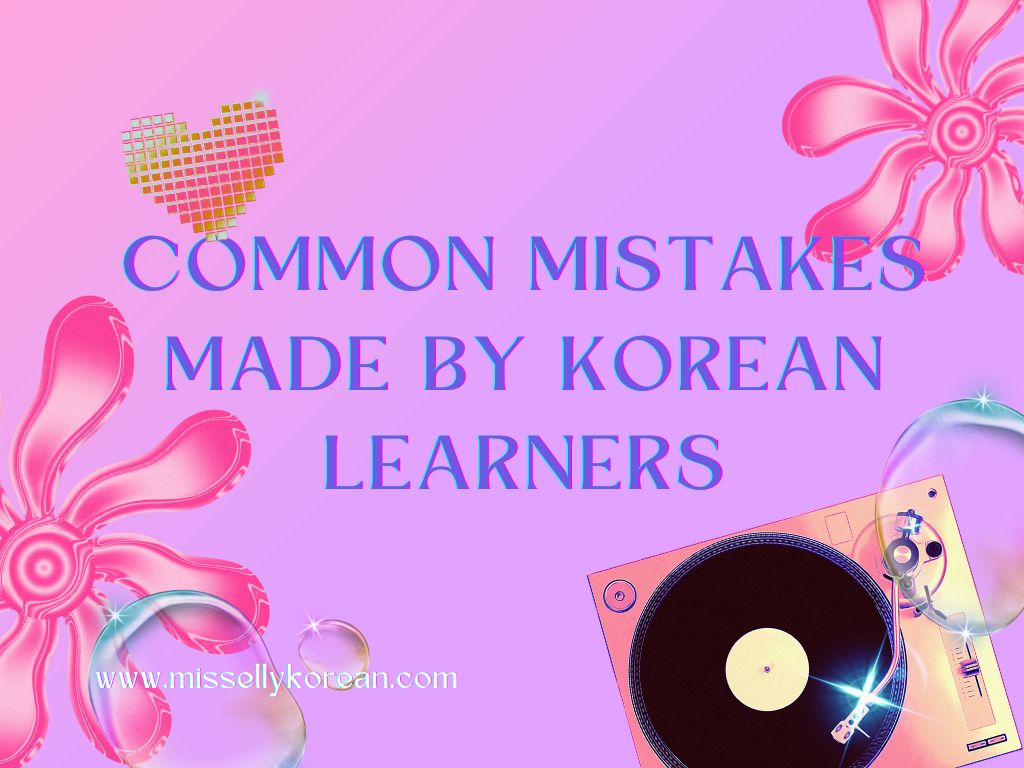

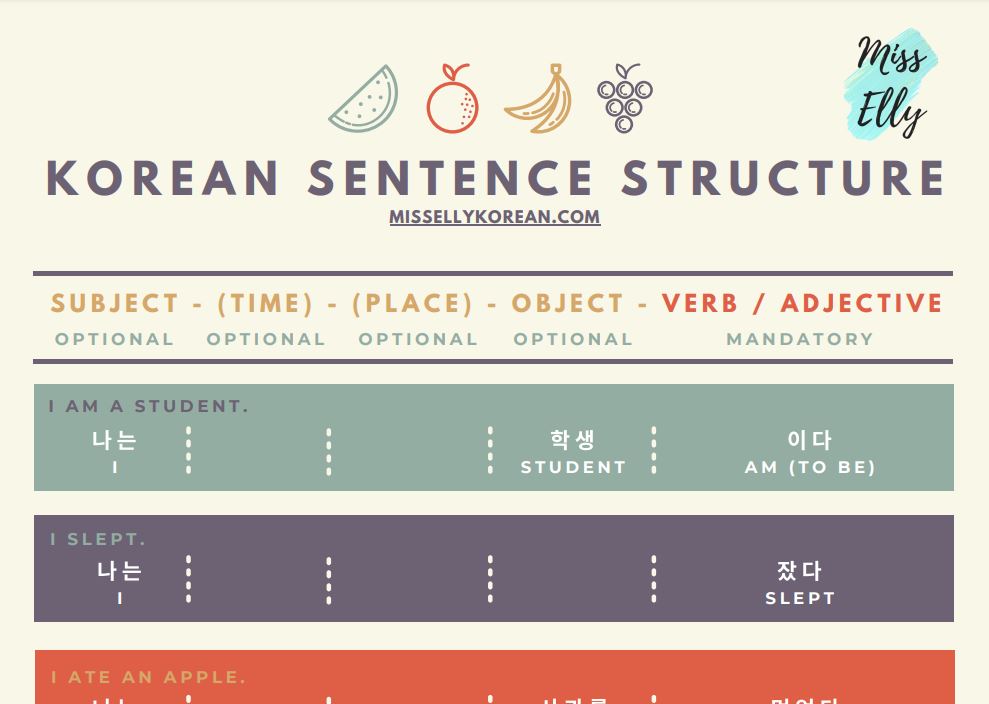
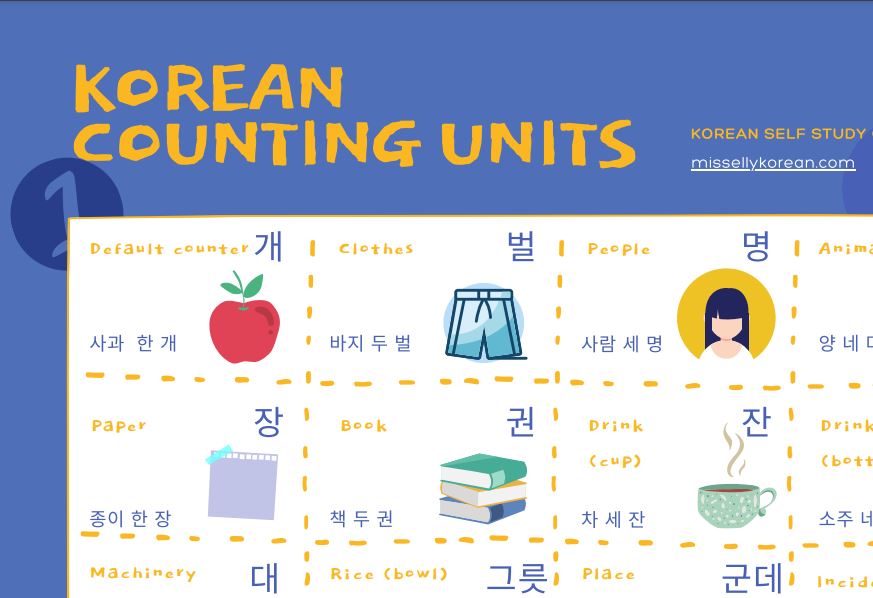
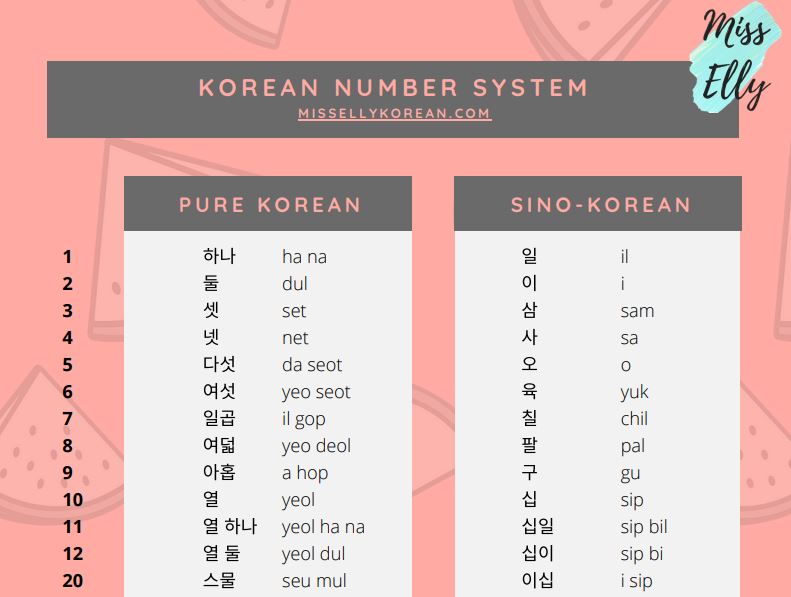
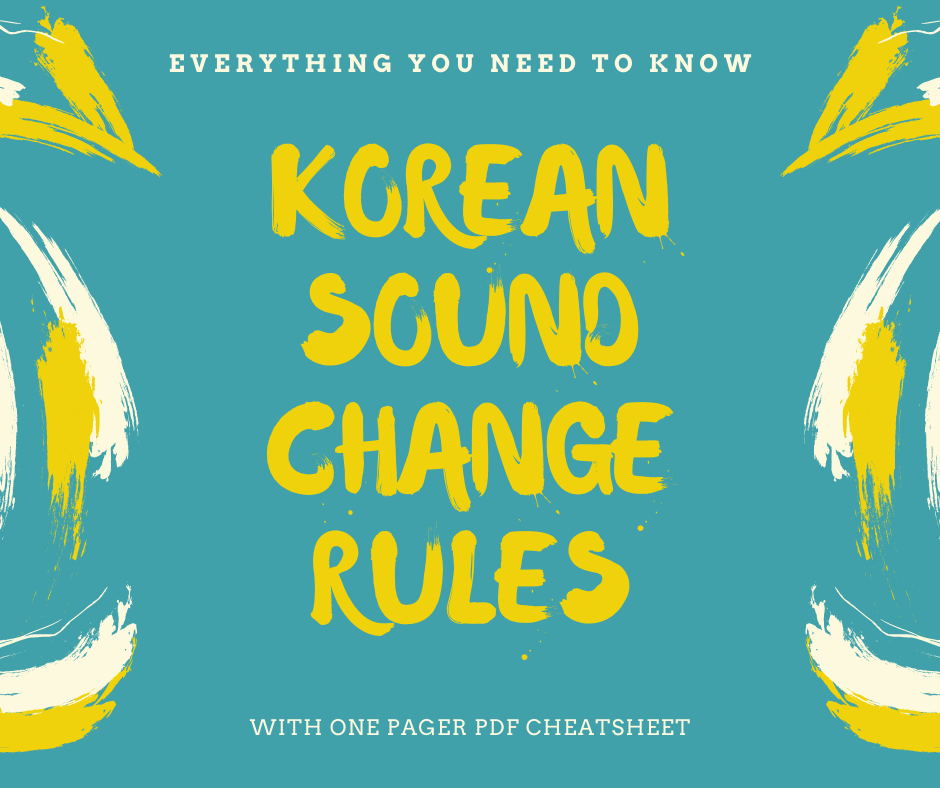
👍👍👍👍👍
👍👍👍👍👍
really helpful, thankyou
Its good method, but my language is very poor, i cant make a sentence… sir
Oh my goodness! Awesome article dude! Thank you, However I am
having troubles with your RSS. I don’t know the reason why I
can’t subscribe to it. Is there anybody having the same RSS issues?
Anyone who knows the solution can you kindly respond?
Thanx!!
I want to learn Korean language
i really find it helpful
Very helpful